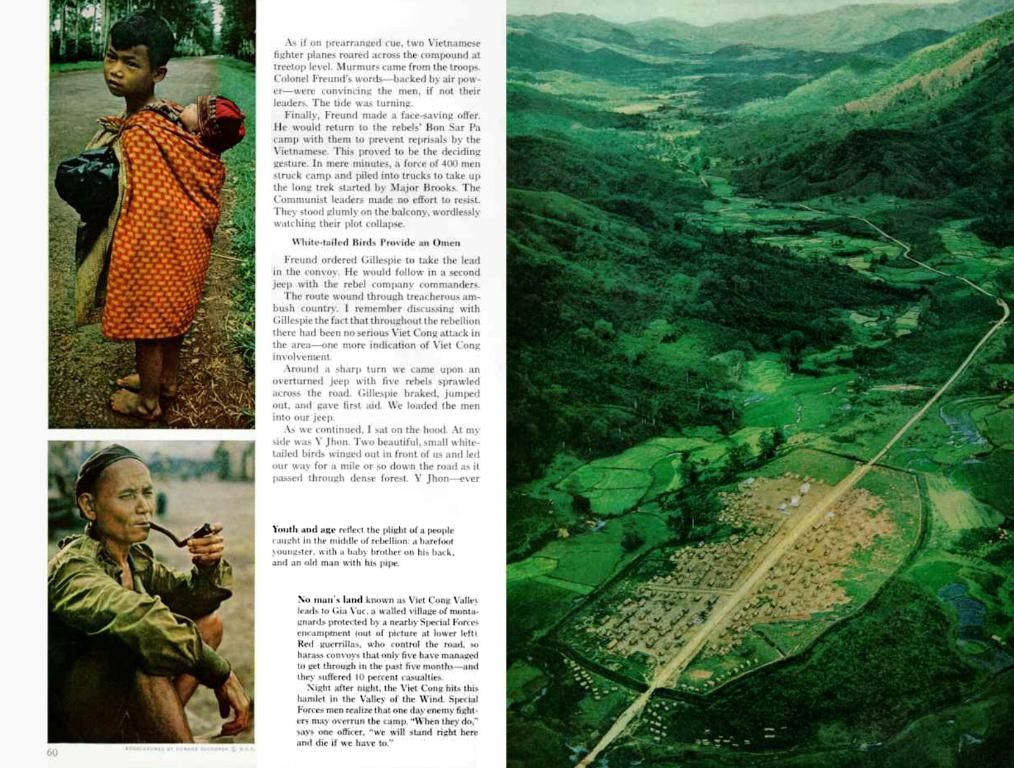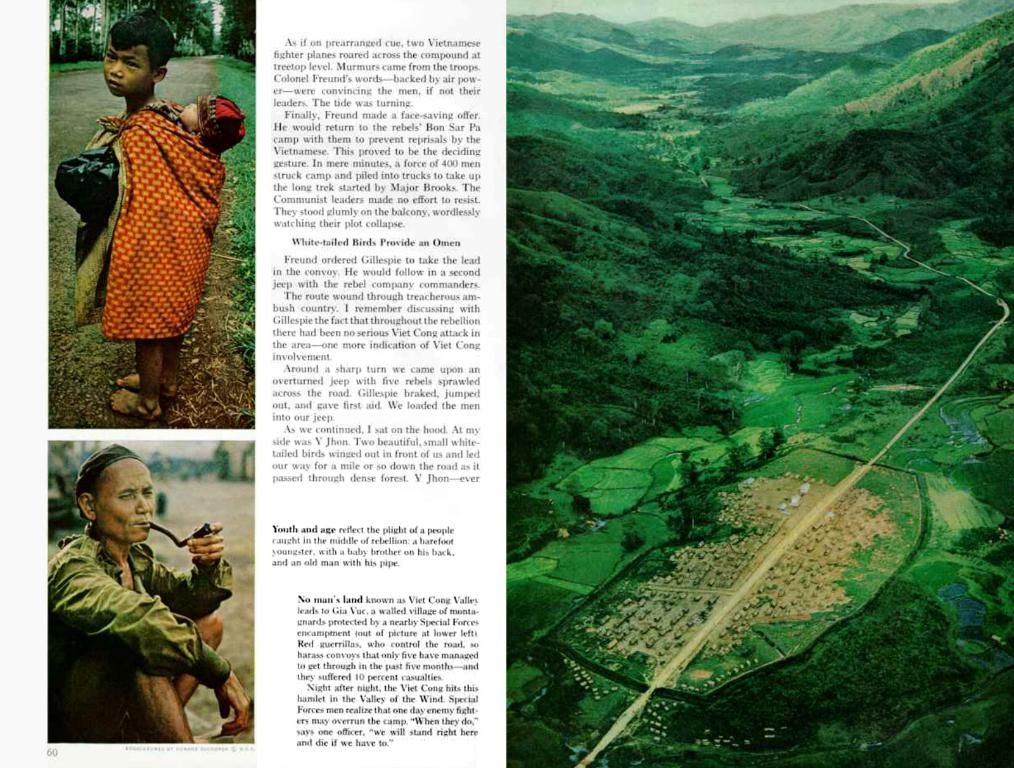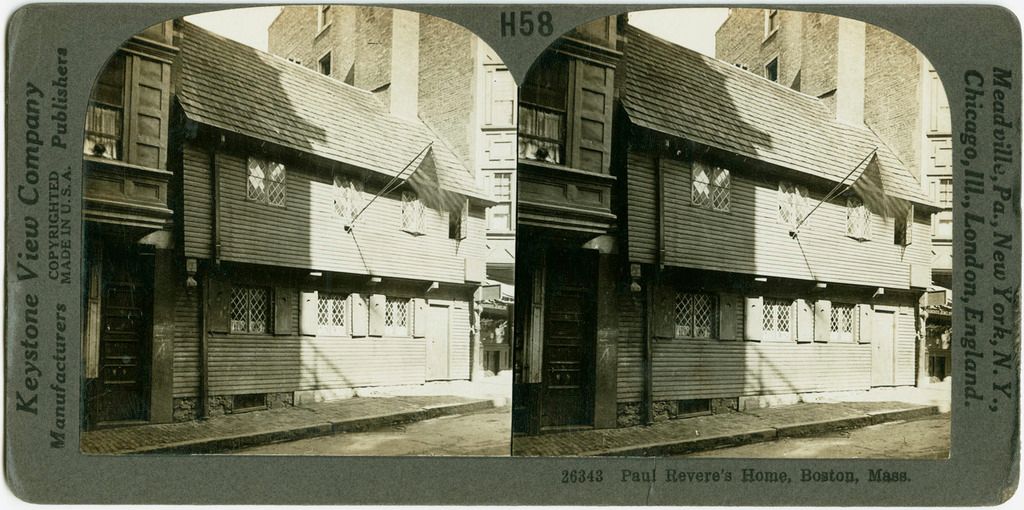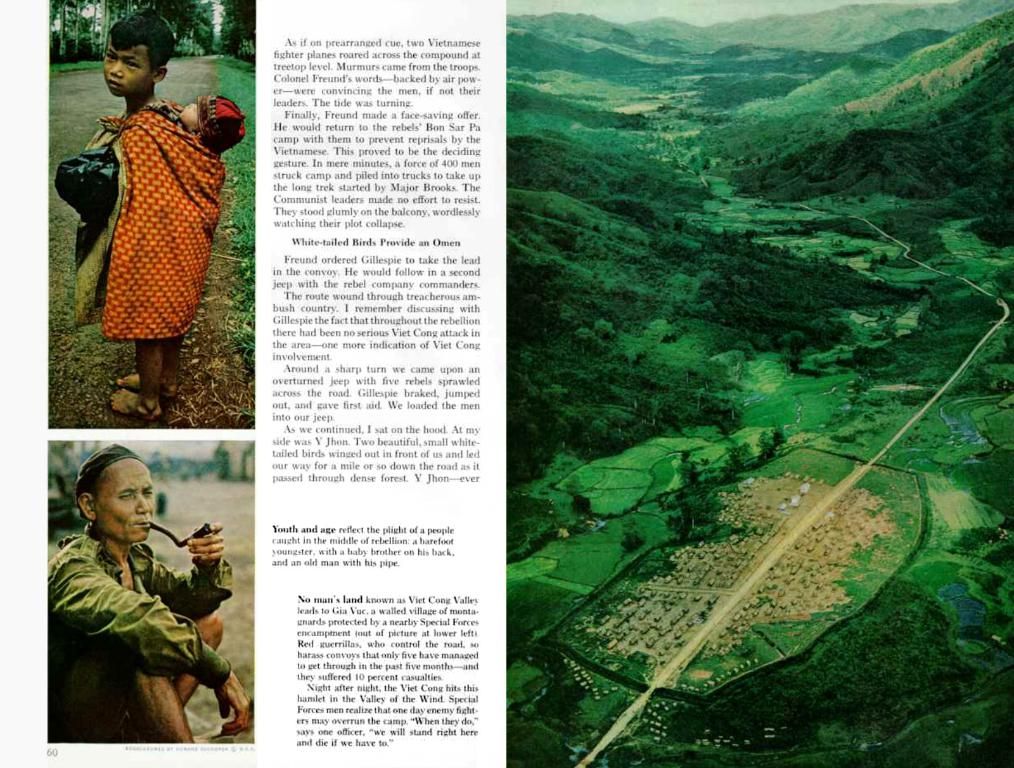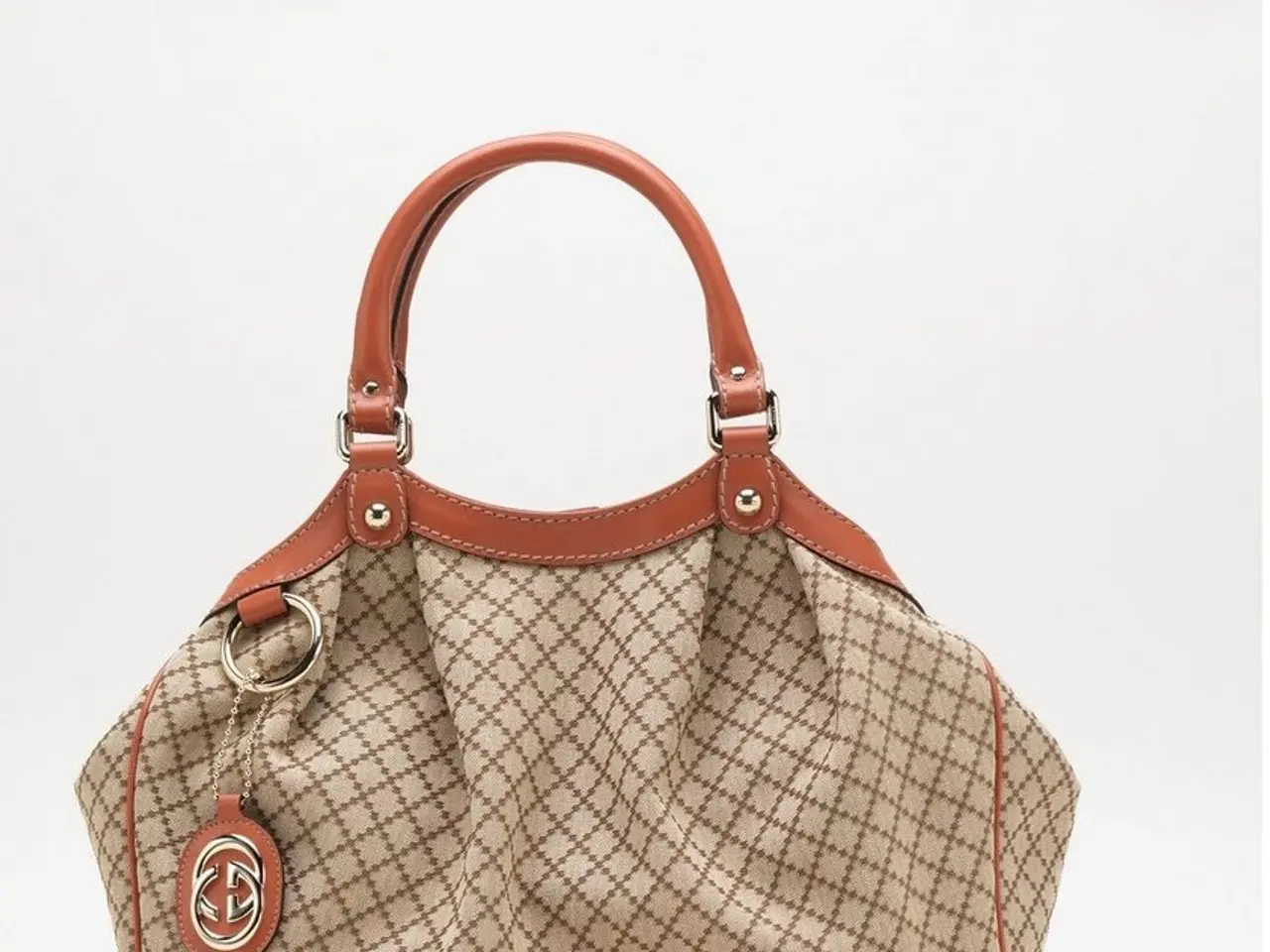Mountain Magic Unveiled at Alpine Museum's Garden: Exploring Alpine Relief, Biwak Box, and the Green Initiative
Alpine Museum Unveils Alpine Emergency and Historical Sleeping Shelters Display - Alpine Museum Highlights: Showcasing Alpine Landscapes and Historic Overnight Camps
Step into a miniature alpine world! The Alpine Museum garden in Munich, Germany, shines anew with exciting updates, featuring a captivating Alpine relief, a historic Biwak box, and the iconic Höllentalangerhütte from 1893/1894. The revamped Alpinum blooms with endangered alpine plants like violets and edelweiss.
Mountainscapes in Sand and Steel
A 3D printed marvel, the 30 square meter Alpine relief stands tall, representing the entire Alpine arc in a 1:100,000 scale. This stunningly crafted landscape out of a sand base boasts intricate peaks and locations, labeled with brass for easy navigation.
The enchanting space also includes a monument honoring Jewish mountaineers excluded from the Alpine Club and bouldering stones to foster an engaging alpine experience.
A Barrier-Free Sojourn in Nature
The entire garden, including the Alpine Museum, presents an accessible and welcoming environment. Inspired by the 6,000-square-meter Prater Island and nature, it serves as both an educational sanctuary and a museum space.
The museum, reopened after a trio of years and a 10.5 million euro renovation, offers an approximately 600-square-meter exhibition area, complete with a food hub and the library.
Bye-Bye, Air-Con, Hello Eco-Friendly!
The progressive design of the garden and its installations follow climate-neutral principles, eschewing air conditioning as part of the museum's commitment to reach carbon neutrality by 2030.
The permanent exhibition showcases the rich 200-year history of mountaineering, from its scientific origins to contemporary fascination, shedding light on the epic journey of climbers over time.
Dig Deeper:- 3D Printed Alpine Relief: A testament to innovation and tradition, this relief brings the alpine landscape to life through cutting-edge fabrication techniques, bridging the gap between modern technology and alpine culture.- Historic Biwak Box: By incorporating a historical bivouac shelter, the garden pays homage to the history of alpine exploration and survival methods, offering an immersive experience into the roots of mountaineering.- Climate-Neutral Design: A conscious effort has been made to ensure the garden's installations are eco-friendly, aiming to minimize carbon emissions, utilize sustainable materials, and uplift environmentally responsible practices, aligning with the museum's dedication to preserving the natural alpine environment for generations to come.
The 3D printed Alpine relief serves as a bridge between modern technology and alpine culture, showcasing the alpine landscape in a captivating and innovative manner. This commitment to innovation extends to the museum's environmental efforts, striving for climate-neutral principles and aiming to minimize carbon emissions. The revamped Alpinum garden not only pays homage to the history of alpine exploration but also promotes a stronger connection to nature, making it accessible and welcoming to all visitors, akin to the climate-neutral employment policy in an organization. Furthermore, the permanent exhibition delves into the scientific origins of mountaineering and its evolution into a popular fascination, echoing the evolution of environmental-science and promoting sustainable practices in line with the climate-change agenda.

